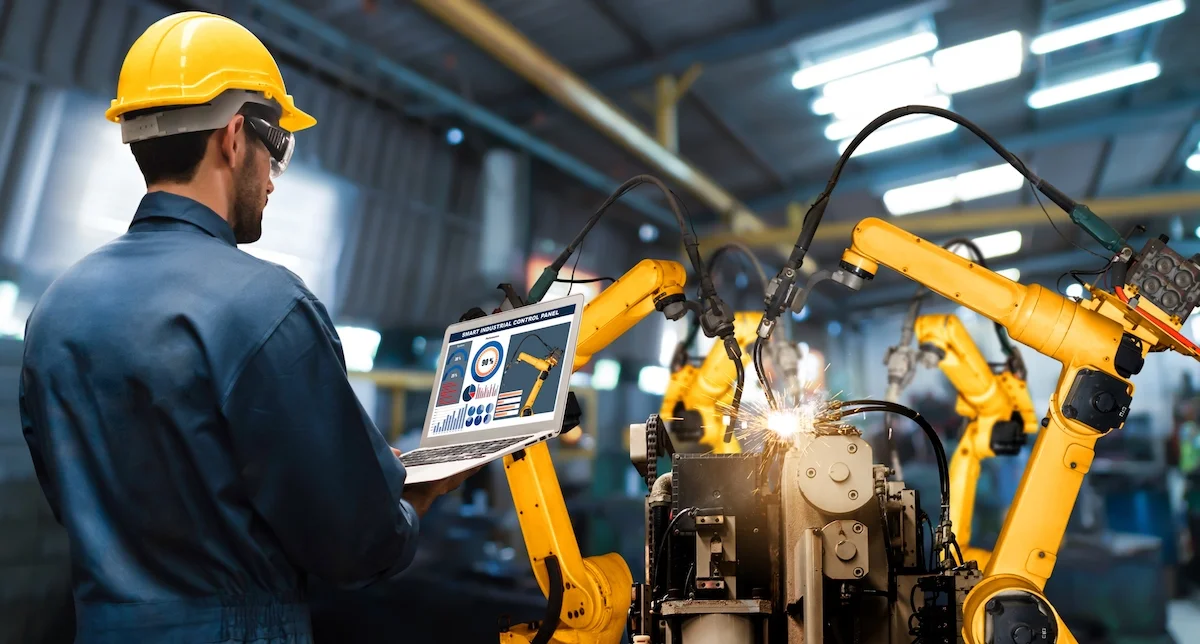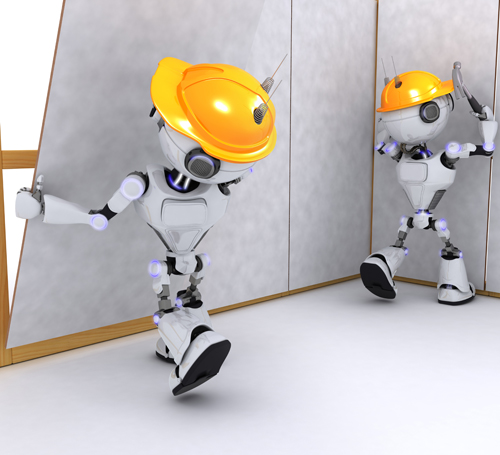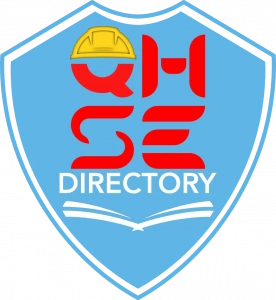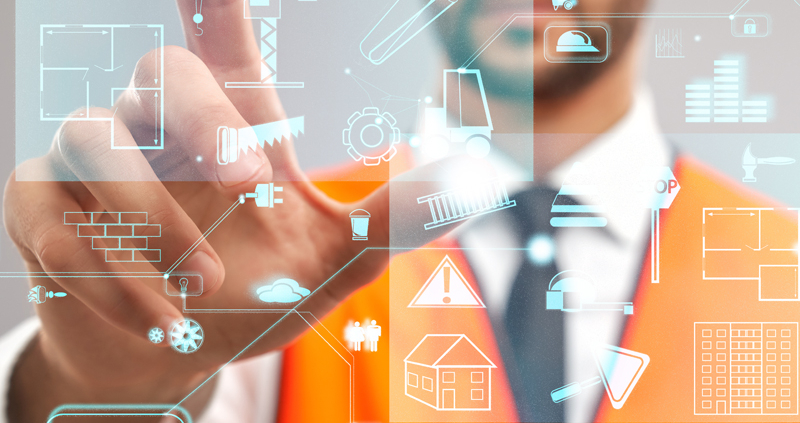How robots and drones can serve health and safety professionals in saving the lives of people ?

Robots and drones have the potential to greatly assist health and safety professionals in saving lives. Here are several ways in which they can be utilized:
1. Search and rescue operations: Robots and drones equipped with cameras, sensors, and advanced mapping capabilities can help locate and reach individuals in hazardous or inaccessible areas. They can navigate through rubble, dense forests, or other dangerous environments to find people in need of assistance.

2. Hazardous material handling: Robots are ideal for handling hazardous substances, such as radioactive or toxic materials. They can be used to safely transport, contain, or dispose of these materials, minimizing the risk to human workers.
3. Remote monitoring and surveillance: Drones equipped with cameras and sensors can provide real-time monitoring of remote or hazardous areas. They can be used to assess the situation, identify potential risks, and alert health and safety professionals to take appropriate actions. For instance, drones can monitor construction sites, oil refineries, or disaster-prone areas for potential safety violations or hazards.
4. Medical delivery and support: Drones have the potential to deliver medical supplies, such as emergency medications, vaccines, or blood samples, to remote or inaccessible locations. They can also be equipped with telemedicine capabilities to provide immediate medical support and guidance to individuals in critical situations, allowing health professionals to remotely assess and advise patients until help arrives.
5. Incident response and communication: Robots can be deployed in hazardous environments, such as firefighting operations, to assist with incident response. They can perform tasks like extinguishing flames, detecting gas leaks, or rescuing injured individuals. Additionally, robots and drones can establish communication networks in disaster-stricken areas, helping health and safety professionals coordinate their efforts and maintain contact with affected individuals.
6. Risk assessment and data collection: Robots and drones equipped with various sensors can gather valuable data on safety conditions, environmental factors, or potential hazards in workplaces or disaster zones. This data can be analyzed to improve safety protocols, identify areas of concern, and develop preventive measures to protect lives in the future.
Overall, the use of robots and drones can enhance the capabilities of health and safety professionals, enabling them to respond more effectively and efficiently in life-saving situations while minimizing risks to human personnel.





Leave a Reply
Want to join the discussion?Feel free to contribute!